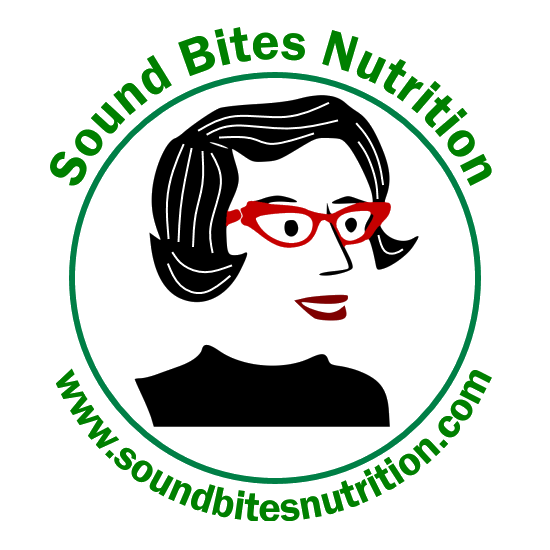Name that vegetable!
Want your kids to eat more vegetables? Give them catchy names! Science suggests that adding fun names increases the intake of vegetables at school. Kids exposed to vegetables with catchy names ate twice as much compared to school children that weren’t privy to creative carrots. Below are some examples (and some nutrient information to boot). If it works on kids, maybe adults should try it?1. Brilliant Broccoli: this green wonder provides vitamin C and potassium- 2 heart-healthy nutrients. Vitamin C is also good for healthy skin and cancer prevention. Eat it raw and absorb over 30% more of its cancer-fighting chemical sulforaphane.2. Strong Snap Peas: unlike their name, sugar snap peas are low in sugar, but a great source of vitamins A and C. They’re also a good source of iron, a nutrient needed for a strong immune system. Eat them raw, steamed or stir fried.3. Super Spinach: spinach can be eaten raw in salads or cooked and eaten solo. It’s also great in soups, casseroles or sauces. These powerful leaves are high in vitamins A& K - two nutrients that keep your bones healthy and strong.4. Power Peppers: peppers are loaded with vitamin C, which can help heal wounds and keep your immune system strong. Red, yellow & orange peppers are higher in vitamin C than green. Dip them in hummus or low fat dip, or add them to eggs, spaghetti sauce or casseroles.5. Awesome Asparagus: asparagus is an awesome vegetable because it’s high in folic acid, vitamins A, C and E, all of which are heart-friendly. Try it roasted, grilled or even fresh with dip.6. Killer kale. There’s a reason kale is known as a “power food”. For a mere 25 calories/cup, you get a hefty dose of beta-carotene, potassium, vitamin K, fiber, folic acid and phytochemicals. This veggie is great in soup with white beans or baked into chips.7. Cool cucumbers: these seedy favorites are great alone, in salad or added in water to freshen it up. They’re high in water to quench your thirst.8. Rockin’ romaine. Unlike iceberg lettuce, romaine packs vitamin K, vitamin C, beta-carotene and folic acid. Add more leaves to your sandwich, wraps and salads.
